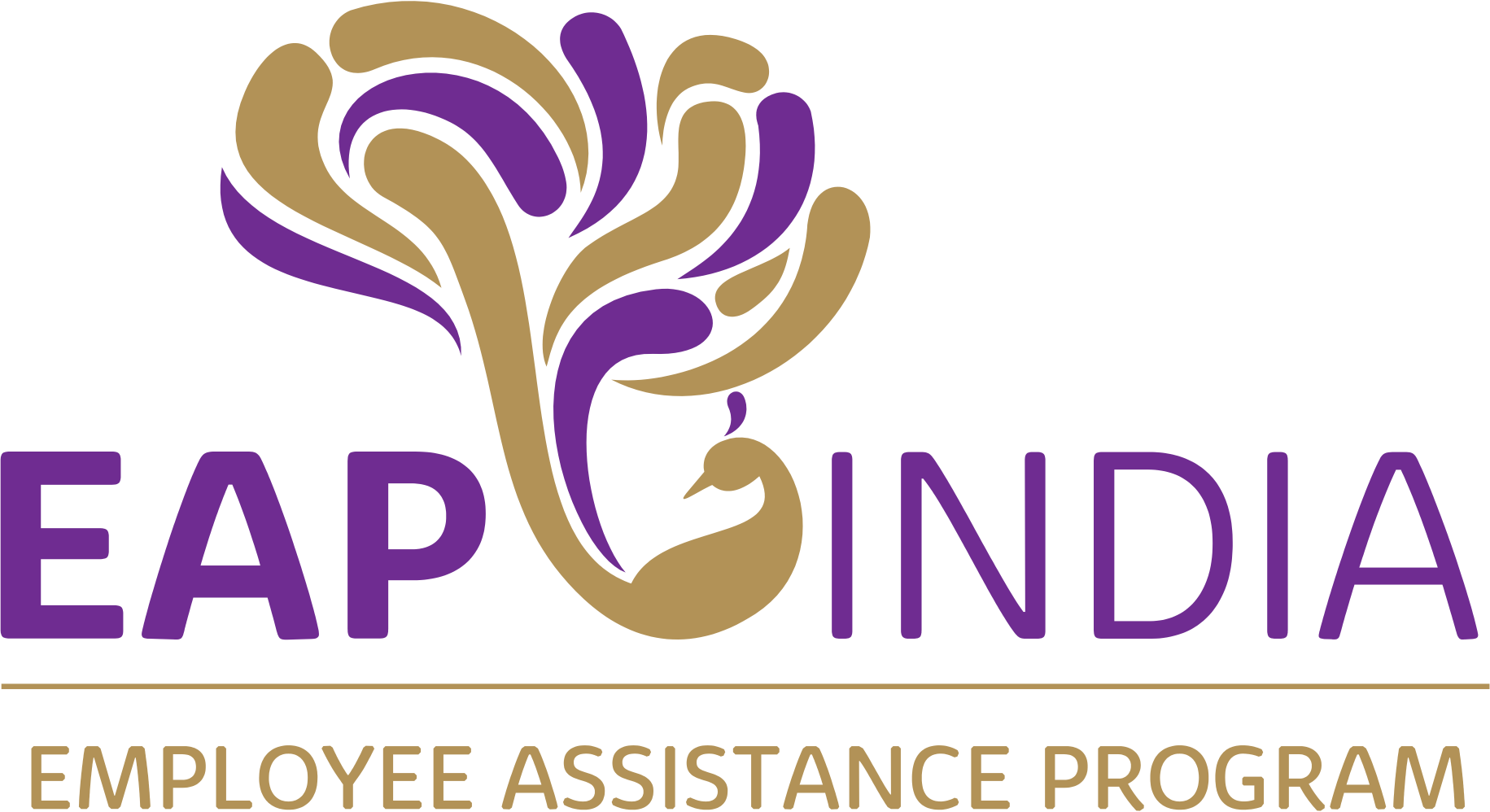As employee well-being becomes an increasingly important topic in the workplace, companies have started to offer a range of wellness programs and initiatives.
However, some of these programs may fall into the trap of “well-being washing,” where companies prioritize their image over genuine employee well-being.
For example, a company may put in place several “well-being” initiatives on “Mental Health Day” but encourage unsustainable practices throughout the year that harm employee well-being.
These initiatives are simply a temporary showcase for stakeholders but have little positive impact on employee well-being.
One way to combat this issue is by encouraging employee-led initiatives, which are often more authentic and effective.
What are employee-led initiatives?
Employee-led initiatives are programs or activities that are created and organized by employees themselves, rather than by management or HR.
These initiatives can include things like wellness challenges, volunteering opportunities, social events, and support groups.
By empowering employees to take the lead in creating and running these initiatives, companies can foster a culture of engagement and authenticity.
Why are employee-led initiatives important?
– Genuine employee buy-in: When employees are the driving force behind wellness initiatives, they are more likely to be invested in the program’s success and feel like they have a say in their own well-being.
– Tailored to employee needs: Employee-led initiatives can be customized to the specific needs and interests of the workforce, making them more relevant and effective.
– Increased engagement: Employee-led initiatives can boost employee morale and engagement, leading to improved performance and job satisfaction.
– Preventing well-being washing: By prioritizing employee-led initiatives, companies can avoid the appearance of “well-being washing,” where programs are introduced merely for public relations purposes.
What are some ways HR managers can encourage employee-led initiatives?
– Providing resources: Companies can offer resources such as funding, event planning assistance, and time off to help employees create and run their initiatives.
– Encouraging feedback: Soliciting feedback from employees on their wellness needs and interests can help inform employee-led initiatives and ensure they are relevant and effective.
– Recognizing employee efforts: Recognizing and rewarding employees who lead successful initiatives can encourage more employees to take on leadership roles.
– Fostering a culture of trust: Building a culture where employees feel empowered to take ownership of their well-being and are trusted to lead initiatives can lead to more successful and authentic programs.
Conclusion
Employee-led initiatives can be a powerful tool in promoting genuine employee well-being and preventing the pitfalls of “well-being washing.”
By empowering employees to take the lead in creating and running wellness programs, companies can foster a culture of engagement, authenticity, and trust.
As HR managers, encouraging and supporting employee-led initiatives should be a top priority in promoting employee well-being.




